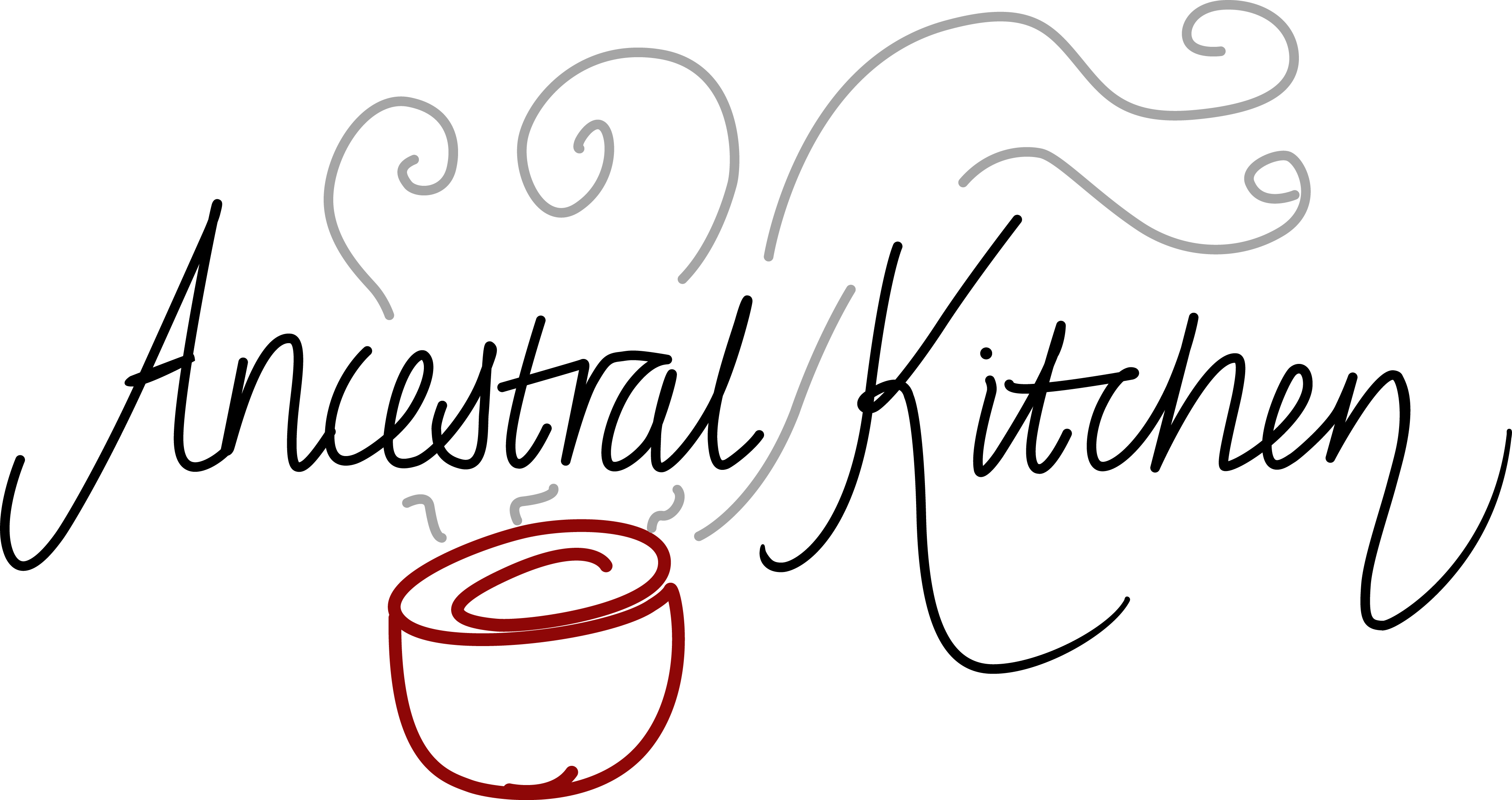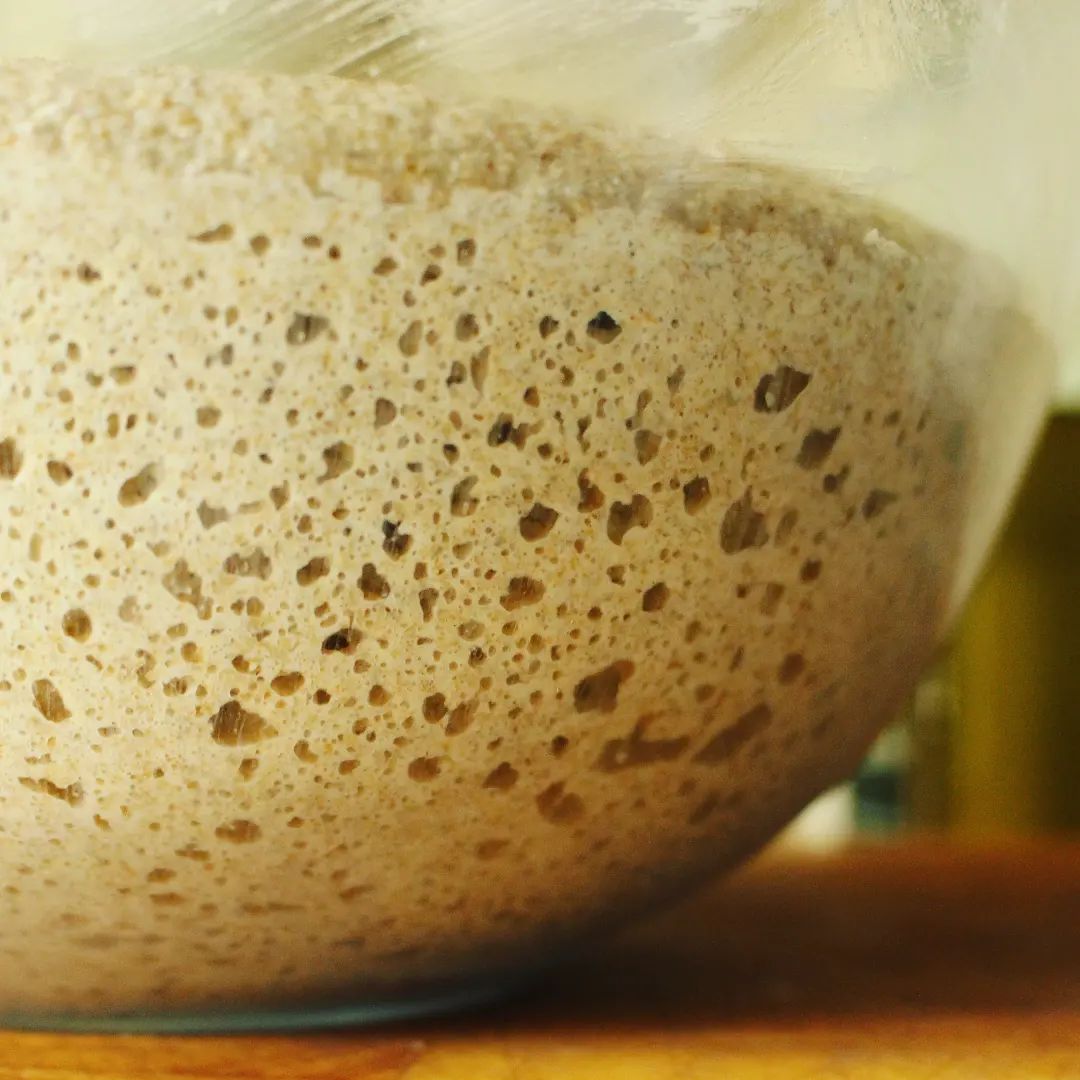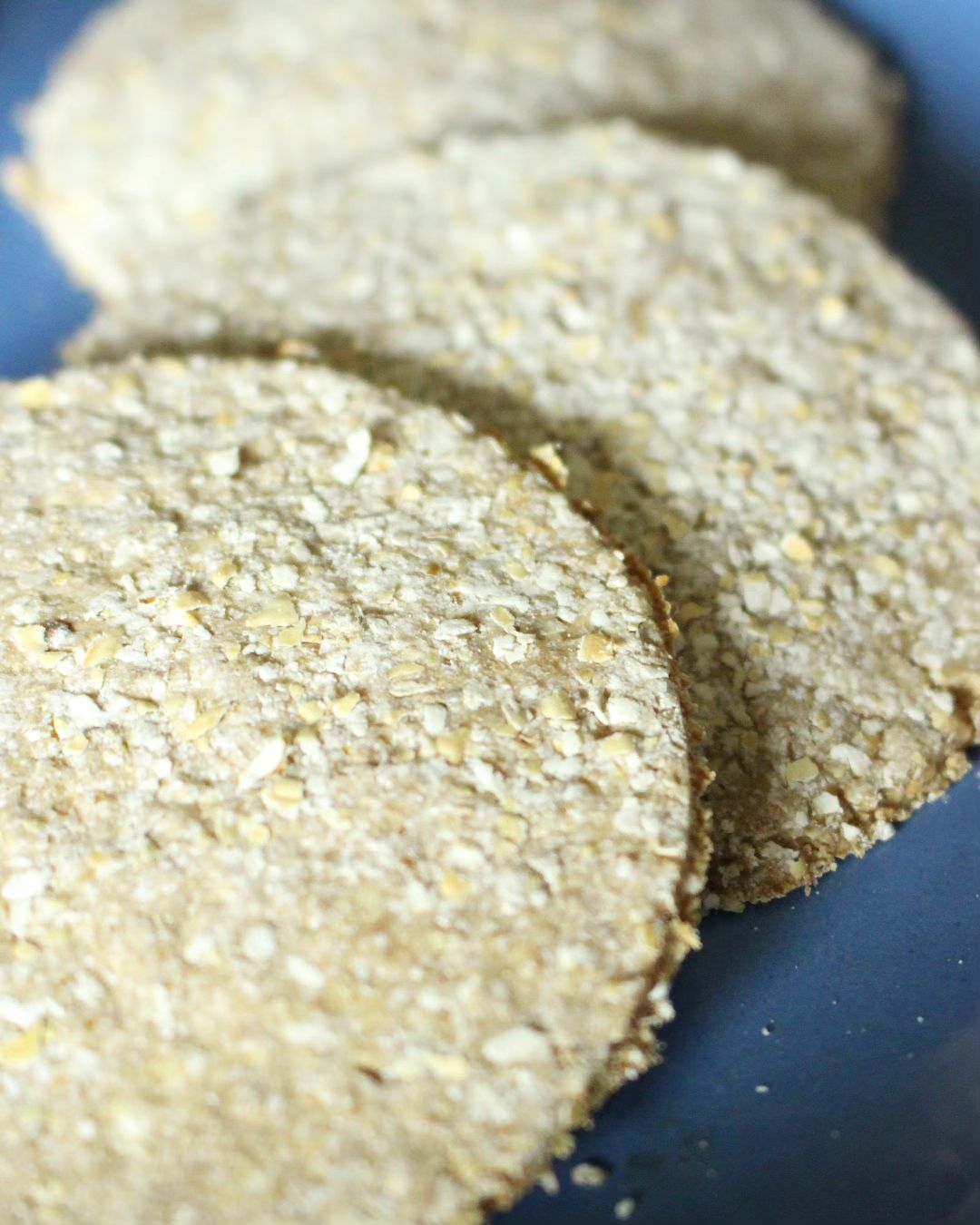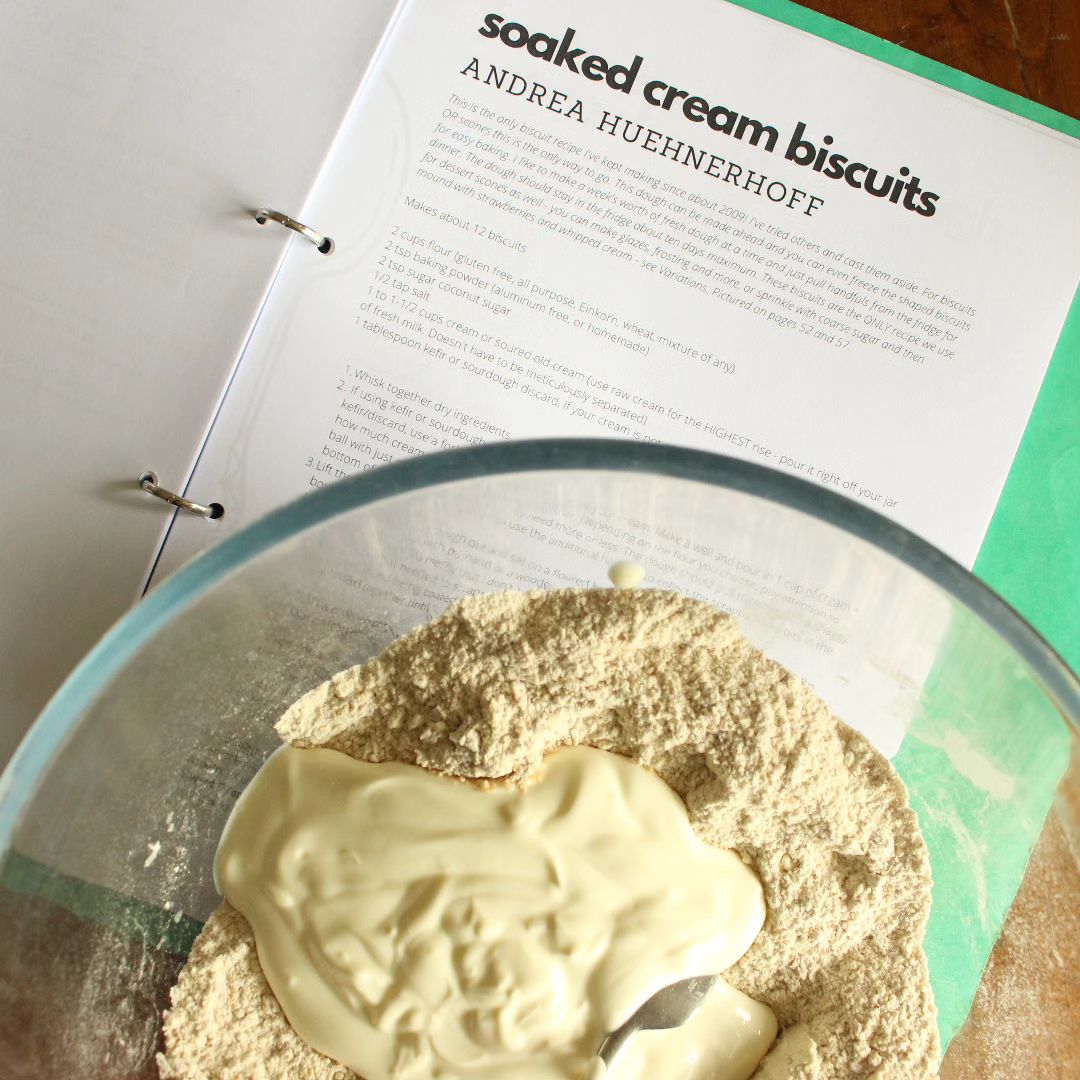Rye sourdough breads work so much better if they are made with with a large portion of pre-fermented dough. That means, instead of making a starter with 10% of the flour weight (which is what I do with my spelt breads), I will most often preferment around 30% of the flour. . Here’s a rye preferment that’s been rising overnight. It’s about to go into a mix with more rye, some salt, some water and a touch of honey. . Making rye bread like this means the yeasts and bacteria which rise my bread will have a chance to do their job without being degraded by a ‘nasty’ enzyme in rye which can ruin the whole show – the acidic environment created by the large preferent protects them! . I’ve posted a video in my stories today showing the ready-to-use preferment. It’s a clip from my course at @thefermentationschool Rye Sourdough Bread: Mastering The Basics. . If you’ve been think of trying your hand at rye sourdough this course is for you. It’ll walk you through creating a wholegrain rye starter, two breads, a cake and pancakes, even if you’re completely new to sourdough baking.
Rye sourdough breads work so much better if they are made with with a large portion of pre-fermented dough. That means, instead of making a starter with 10% of the flour weight (which is what I do with my spelt breads), I will most often preferment around 30% of the flour.
.
Here’s a rye preferment that’s been rising overnight. It’s about to go into a mix with more rye, some salt, some water and a touch of honey.
.
Making rye bread like this means the yeasts and bacteria which rise my bread will have a chance to do their job without being degraded by a ‘nasty’ enzyme in rye which can ruin the whole show – the acidic environment created by the large preferent protects them!
.
I’ve posted a video in my stories today showing the ready-to-use preferment. It’s a clip from my course at @thefermentationschool Rye Sourdough Bread: Mastering The Basics.
.
If you’ve been think of trying your hand at rye sourdough this course is for you. It’ll walk you through creating a wholegrain rye starter, two breads, a cake and pancakes, even if you’re completely new to sourdough baking.











